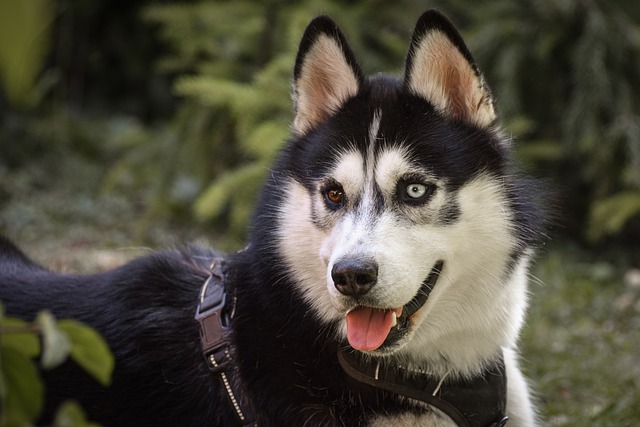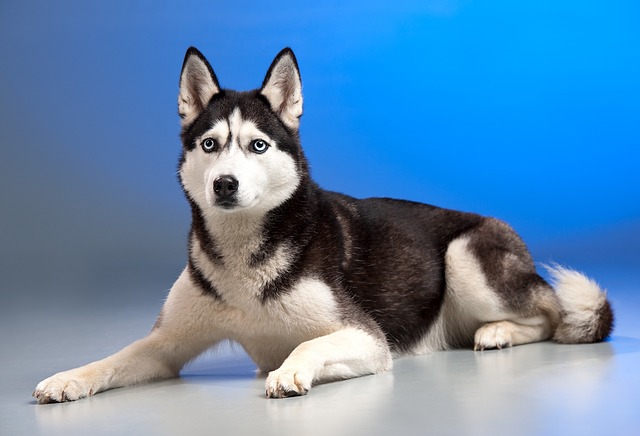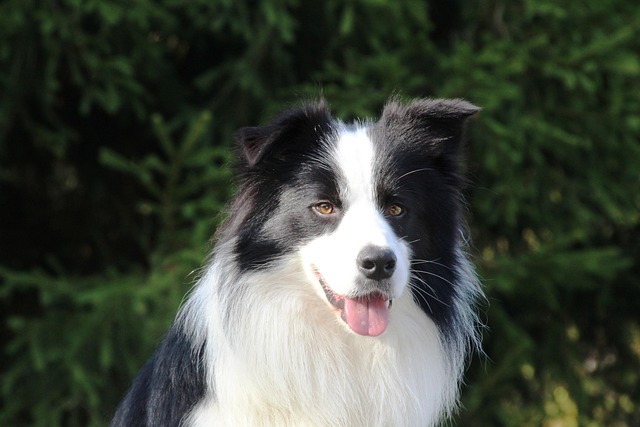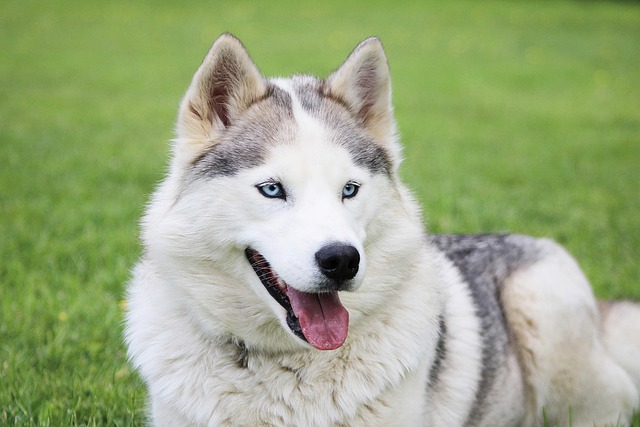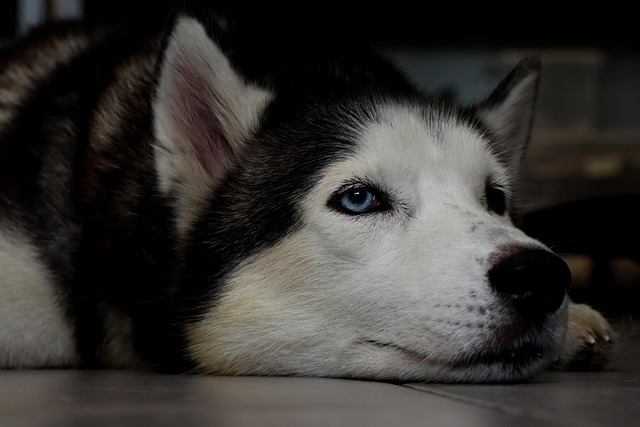In the world of pets, Corgis have become the darlings of many families due to their cute and endearing appearance and unique charm. Their adorable short legs, the way they run with a little bounce, and their chubby bottoms can easily win people's hearts. However, owners who raise Corgis may also find that training these cute little fellows is not always smooth sailing. The occasional stubbornness and bad behaviors they exhibit can be quite a headache. What exactly makes Corgi training difficult? And how can we skillfully correct their behaviors?
The difficulty of training Corgis is first reflected in their unique personalities. They have an independent streak in their nature and are not always willing to follow their owners' commands completely. During the training process, a Corgi's curiosity often acts as a distraction. For example, when you're eagerly teaching it a simple action like "shake hands," a flying butterfly or the chirping of a bird outside the window can instantly catch its attention, making it forget all about the training. Moreover, once a Corgi decides on something, it can be quite stubborn. There was once an owner who wanted to train their Corgi not to sleep on the sofa. But every time the owner wasn't looking, the Corgi would jump back onto the sofa and lie there comfortably. After the owner repeatedly stopped it sternly, the Corgi not only didn't listen but also became resistant, and the training reached an impasse.
In terms of physical characteristics, a Corgi's short legs are both its cute feature and a challenge in training. Their short legs limit their athletic ability to some extent. When training them to jump over obstacles, if the obstacles are set too high, Corgis often get timid and are afraid to attempt. Forcing them to take on the challenge may even lead to injuries. This requires owners to fully consider a Corgi's physical condition when designing training programs and gradually increase the difficulty of training.
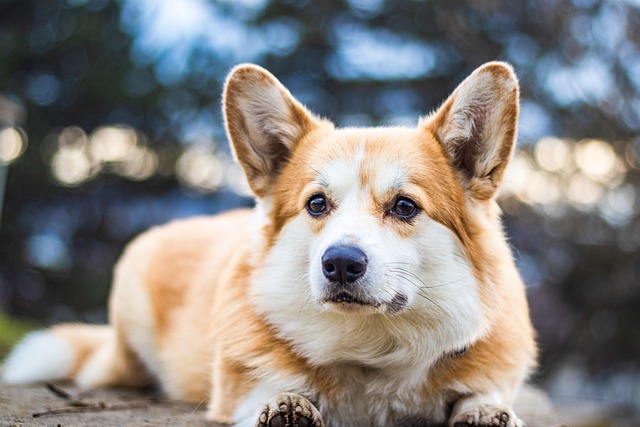 When it comes to correcting a Corgi's bad behaviors, potty training is often the first hurdle many owners face. Corgis are lively and active, and they often get so engrossed in playing that they only rush to relieve themselves when they really have to, resulting in "accidents" around the house. To solve this problem, owners need to be patient and meticulous. One owner, when training their Corgi for potty training, first selected a corner of the balcony as the fixed potty spot. Then, they carefully observed the Corgi's bowel movement patterns. They found that the Corgi usually needed to defecate about half an hour after eating. So, during this time period, the owner would take the Corgi to the balcony. At first, the Corgi didn't cooperate well, but whenever it defecated in the correct place, the owner would reward it with its favorite small pieces of dried meat and praise it gently. After some time of perseverance, the Corgi finally developed the good habit of using the designated potty spot.
When it comes to correcting a Corgi's bad behaviors, potty training is often the first hurdle many owners face. Corgis are lively and active, and they often get so engrossed in playing that they only rush to relieve themselves when they really have to, resulting in "accidents" around the house. To solve this problem, owners need to be patient and meticulous. One owner, when training their Corgi for potty training, first selected a corner of the balcony as the fixed potty spot. Then, they carefully observed the Corgi's bowel movement patterns. They found that the Corgi usually needed to defecate about half an hour after eating. So, during this time period, the owner would take the Corgi to the balcony. At first, the Corgi didn't cooperate well, but whenever it defecated in the correct place, the owner would reward it with its favorite small pieces of dried meat and praise it gently. After some time of perseverance, the Corgi finally developed the good habit of using the designated potty spot.
Corgis' tendency to jump on people is also a common issue. They may do this out of enthusiasm, wanting to be affectionate with their owners. However, this poses a certain safety risk, especially to the elderly and children. To correct this behavior, owners should start from daily details. When a Corgi jumps on people, the owner should immediately turn around and ignore it. Only when it calms down and all four legs are on the ground should the owner give it attention and rewards. At the same time, owners can also train the Corgi to express its enthusiasm by "sitting." For example, every time the owner comes home, they first ask the Corgi to sit down, and then stroke it and interact with it. Through such positive reinforcement training, the Corgi will gradually understand that only quiet behavior will be loved by the owner.
Chewing things is an inevitable behavior in a Corgi's growth process. Puppy Corgis' teeth itch, and they need to chew things to relieve the discomfort. At the same time, their strong curiosity drives them to explore the world around them by chewing. This often means that items like shoes and sofas at home bear the brunt. To correct this behavior, owners can prepare various chew toys. When they find the Corgi chewing on something it shouldn't, they can use a loud sound to attract its attention, such as a clap or the command "no," and then hand it the chew toy. One owner, after finding the Corgi chewing on the sofa, used this method. At the same time, they also spread some scents around the sofa that the Corgi disliked, like the smell of lemon juice. Gradually, the Corgi stopped chewing on the sofa.
Although training Corgis is full of challenges, as long as owners have a deep understanding of their personalities and physical characteristics, use scientific training methods, and give them plenty of patience and boundless love, they will surely be able to help Corgis get rid of bad behaviors and become well - behaved and sensible family companions. Every interaction and training session with a Corgi is a precious opportunity to strengthen the bond between them. Watching a Corgi grow up under their careful guidance, the sense of achievement and happiness that owners experience is indescribable. Let's accompany Corgis through their growth with love, create a warm home full of love and rules for them, and let this beautiful relationship between humans and pets continue through the years.
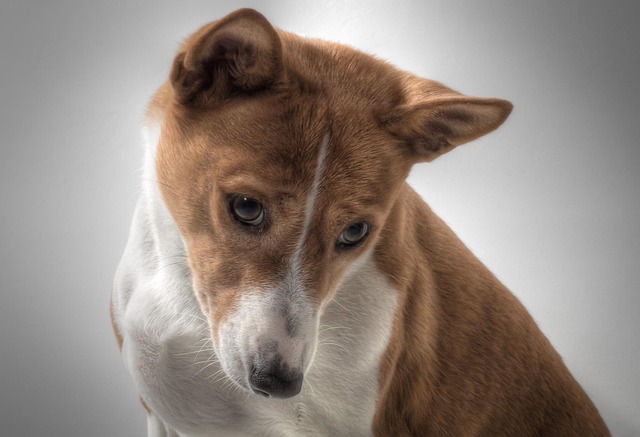
 When it comes to correcting a Corgi's bad behaviors, potty training is often the first hurdle many owners face. Corgis are lively and active, and they often get so engrossed in playing that they only rush to relieve themselves when they really have to, resulting in "accidents" around the house. To solve this problem, owners need to be patient and meticulous. One owner, when training their Corgi for potty training, first selected a corner of the balcony as the fixed potty spot. Then, they carefully observed the Corgi's bowel movement patterns. They found that the Corgi usually needed to defecate about half an hour after eating. So, during this time period, the owner would take the Corgi to the balcony. At first, the Corgi didn't cooperate well, but whenever it defecated in the correct place, the owner would reward it with its favorite small pieces of dried meat and praise it gently. After some time of perseverance, the Corgi finally developed the good habit of using the designated potty spot.
When it comes to correcting a Corgi's bad behaviors, potty training is often the first hurdle many owners face. Corgis are lively and active, and they often get so engrossed in playing that they only rush to relieve themselves when they really have to, resulting in "accidents" around the house. To solve this problem, owners need to be patient and meticulous. One owner, when training their Corgi for potty training, first selected a corner of the balcony as the fixed potty spot. Then, they carefully observed the Corgi's bowel movement patterns. They found that the Corgi usually needed to defecate about half an hour after eating. So, during this time period, the owner would take the Corgi to the balcony. At first, the Corgi didn't cooperate well, but whenever it defecated in the correct place, the owner would reward it with its favorite small pieces of dried meat and praise it gently. After some time of perseverance, the Corgi finally developed the good habit of using the designated potty spot.